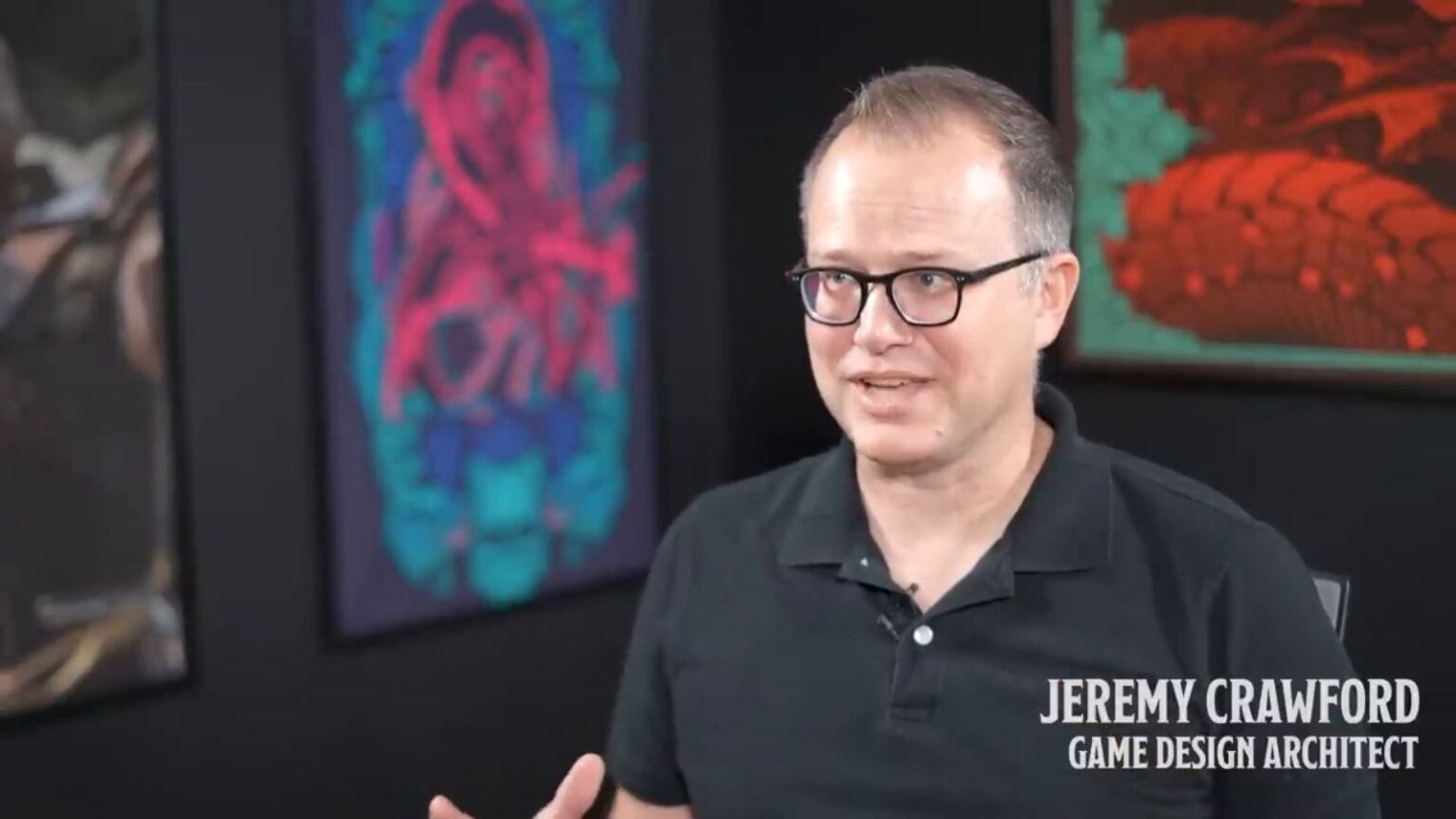Another Pillar Departs: D&D Game Director Jeremy Crawford Leaving Wizards of the Coast

The ground continues to shift at Wizards of the Coast (WotC). Hot on the heels of Christopher Perkins announcing his departure, another key figure in the modern era of Dungeons & Dragons is moving on. Jeremy Crawford, the Game Director widely recognized as the lead architect behind the massively popular Fifth Edition (5e), will be leaving WotC at the end of this month (April 2025).
This news, confirmed by Screen Rant, marks the end of an incredibly influential tenure. Crawford has been instrumental in shaping the D&D experience for millions of players worldwide. His departure, alongside Perkins, signifies a major transition for the iconic fantasy tabletop roleplaying game.
Why the Departures? WotC Weighs In
With two such significant figures leaving close together, speculation naturally arises. However, WotC Vice President of Franchise and Product, Jess Lanzillo, clarified the situation. According to Lanzillo, these were not sudden decisions or part of broader corporate cuts. Both Perkins and Crawford chose to leave independently, and WotC had been aware of their plans for some time.
“Both of them have been working on Dungeons and Dragons for a very long time, It’s been a point of discussion for some time and something that we’ve been training up everyone for. They feel really good about the teams that they have in place and the legacy that they’re passing on.”
Crawford’s Lasting Legacy: The 5e Era
It’s difficult to overstate Jeremy Crawford’s impact on Dungeons & Dragons. As the lead rules designer for 5e, he oversaw a fundamental shift in the game’s philosophy. Key innovations under his guidance include:
- Advantage/Disadvantage: A simple, intuitive mechanic replacing complex situational modifiers.
- Streamlined Rules: A conscious effort to reduce complexity compared to previous editions, making the game significantly more accessible to newcomers.
- Modular Design: An emphasis on flexible rules that empowered Dungeon Masters and players.
This design ethos didn’t just make 5e the most commercially successful edition in D&D’s history; it sent ripples throughout the entire TTRPG industry. The lowered barrier to entry and adaptable ruleset arguably fueled the explosion of actual play shows like Critical Role and Dimension 20, bringing TTRPGs into the mainstream spotlight like never before. Furthermore, other major TTRPGs, such as Cyberpunk Red and recent editions of Vampire: The Masquerade, have also embraced simplifying rules complexity for broader appeal, a trend influenced by 5e’s success.
Perkins and Crawford’s final major project involved overseeing the production of the 2024 core rulebooks. These updated versions of the Player’s Handbook, Dungeon Master’s Guide, and Monster Manual have been noted for their improved layout and clearer presentation, though some fans felt they were more of a revision (often dubbed “5.5e”) than a truly new edition.
An Uncertain Future?
These high-profile departures come at a time of other significant changes for WotC’s D&D operations. Notably, the company has severely scaled back its ambitious VTT project (formerly Project Sigil) and faced layoffs in the recent past.
With two of the main creative forces behind the last decade of D&D now gone, the future direction of the game feels more uncertain than it has in years. While WotC assures that capable teams are in place, the departure of such influential figures inevitably marks the end of an era. Fans will undoubtedly be watching closely to see what comes next for the world’s most popular roleplaying game.
Discover more from DDO Players
Subscribe to get the latest posts sent to your email.





Leave a Comment